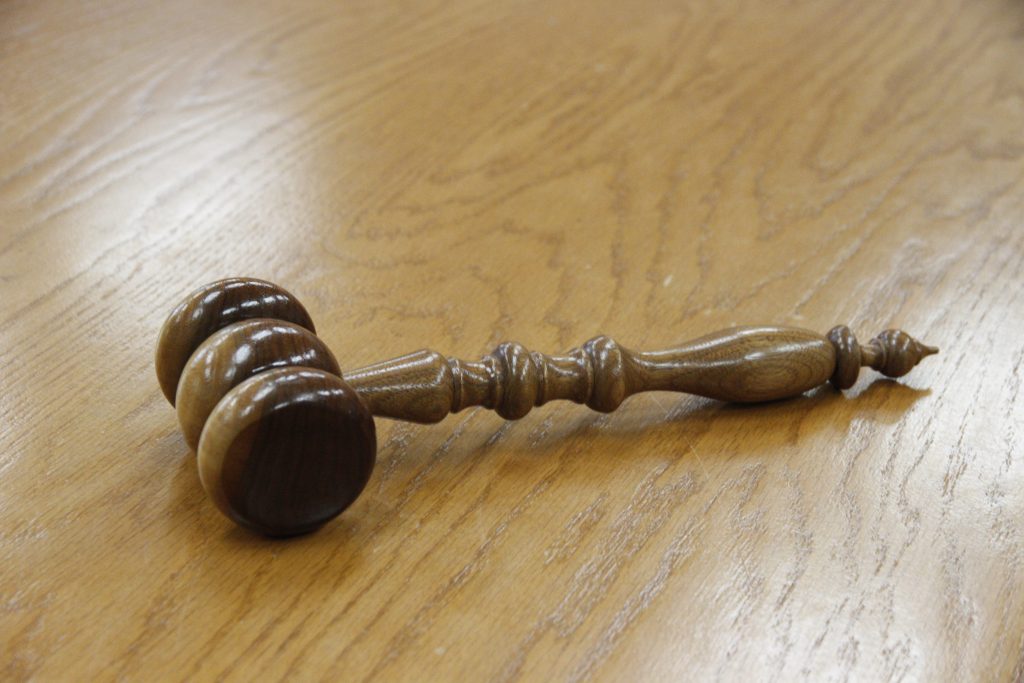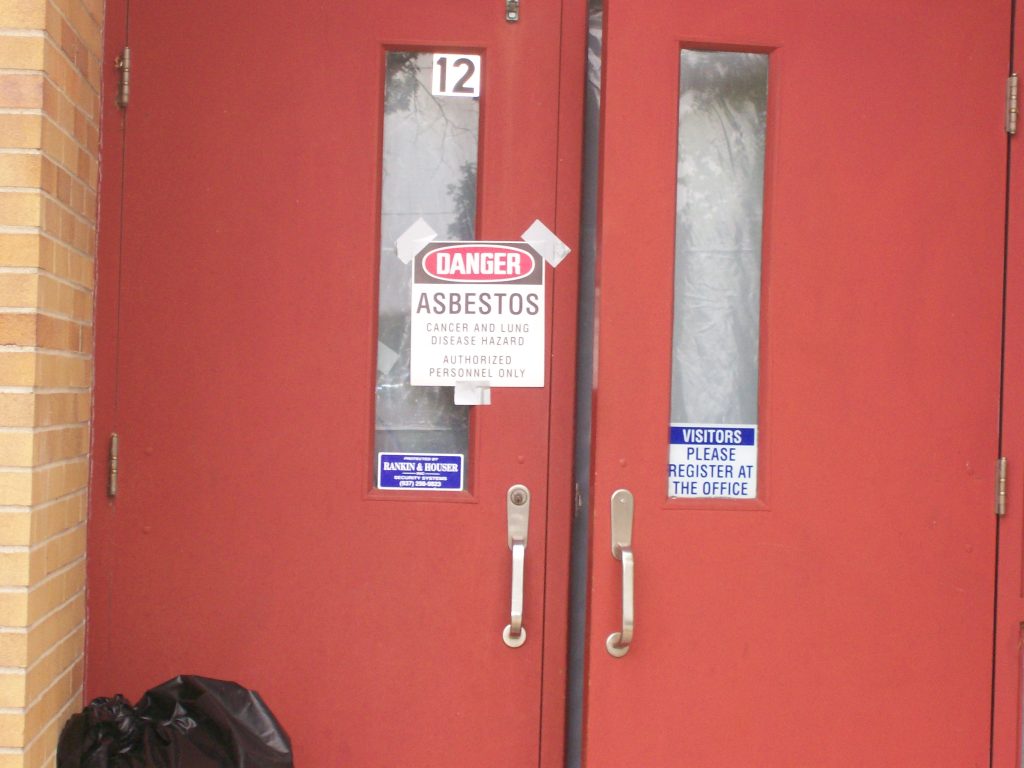 Personal injury cases can lead to placing the blame on a party so the injured person can receive compensation for her injuries. But what happens after a traffic miscommunication if both sides blame the other for the wreck? Further, what if their insurance companies are unwilling to take all the blame and pay for the accident? The only way to solve this dilemma is through a trial which can help apportion the fault of each side after weighing the evidence. The following case out of Marksville, Louisiana, shows how fault should be apportioned in a personal injury car accident.
Personal injury cases can lead to placing the blame on a party so the injured person can receive compensation for her injuries. But what happens after a traffic miscommunication if both sides blame the other for the wreck? Further, what if their insurance companies are unwilling to take all the blame and pay for the accident? The only way to solve this dilemma is through a trial which can help apportion the fault of each side after weighing the evidence. The following case out of Marksville, Louisiana, shows how fault should be apportioned in a personal injury car accident.
David Sampson was driving down the highway with a passenger, Mario Jacobs, with a second truck attached by a tow rope. The towed truck was being operated by Sandalon Jacobs. Florence Decuir was traveling toward an intersection with the highway where Sampson was driving. Believing she saw Sampson’s turn signal, Decuir turned onto the highway to make more space for the trucks. Allegedly, Decuir did not stop at the stop sign, so Sampson had to hit his brakes, causing the towed truck to rear-end the truck he was driving. Decuir denied seeing the accident.
Sandalon and Jacobs filed a lawsuit alleging personal injury due to the accident and named several defendants. However, by the time the bench trial came around, State Farm was the only defendant remaining. The trial court apportioned 95% of the fault to Decuir and only 5% to Sampson. The trial court determined Sandalon and Jacobs suffered from soft tissue injuries. Sandalon was awarded $46,500.00 in general damages and $5,397.81 in past medical expenses. Jacobs was awarded $35,200 in general damages and $7,377.73 in past medical expenses. State Farm appealed the trial court decision.
 Louisiana Personal Injury Lawyer Blog
Louisiana Personal Injury Lawyer Blog


 After a lawsuit, a trial is when each side can articulate their case theories. Usually, the culmination of a trial is a judgment that can be appealed. However, there are other occasions where the court can discuss the judgments besides an appeal. An alternative to an appeal is the petition for nullity, which may further examine the case and the court’s decisions. What is a petition for nullity of judgment, and how can it be used to overturn a jury verdict? The following lawsuit, Jefferson Parish, Louisiana, answers this question.
After a lawsuit, a trial is when each side can articulate their case theories. Usually, the culmination of a trial is a judgment that can be appealed. However, there are other occasions where the court can discuss the judgments besides an appeal. An alternative to an appeal is the petition for nullity, which may further examine the case and the court’s decisions. What is a petition for nullity of judgment, and how can it be used to overturn a jury verdict? The following lawsuit, Jefferson Parish, Louisiana, answers this question. As the weather gets nicer across the country, millions will travel to destinations near or far. Unfortunately, with this increase in traffic, accidents will occur due to the negligence of drivers. But what happens when the roadway’s integrity and safety come into question? Can the state be held liable for a highway’s defects? – The following lawsuit out of Morgan City, Louisiana, helps answer that question.
As the weather gets nicer across the country, millions will travel to destinations near or far. Unfortunately, with this increase in traffic, accidents will occur due to the negligence of drivers. But what happens when the roadway’s integrity and safety come into question? Can the state be held liable for a highway’s defects? – The following lawsuit out of Morgan City, Louisiana, helps answer that question. Driving while on the job can be a common occurrence for many employees. Sometimes you may even use your personal vehicle on a workplace errand. If so, beware; Accidents happen, and your employer’s insurance may not cover you.
Driving while on the job can be a common occurrence for many employees. Sometimes you may even use your personal vehicle on a workplace errand. If so, beware; Accidents happen, and your employer’s insurance may not cover you.  Aquisitive Prescription. It is a strange-sounding set of words, yet it can be vital in proving ownership of land and property in Louisiana. What exactly is it? The subsequent lawsuit helps answer that question and the following one: How can I prove ownership of land through acquisitive prescription in Louisiana?
Aquisitive Prescription. It is a strange-sounding set of words, yet it can be vital in proving ownership of land and property in Louisiana. What exactly is it? The subsequent lawsuit helps answer that question and the following one: How can I prove ownership of land through acquisitive prescription in Louisiana? Although most people have heard of both state and federal courts, many do not know when a party in a lawsuit can move a case to a different court. This happened to Howard Zeringue, who first filed a lawsuit in Louisiana state court, but soon found himself in the United States District Court for the Eastern District of Louisiana after the company he sued removed the case to federal court. This case helps answer the question; My lawsuit was removed to Federal Court. What does that Mean?
Although most people have heard of both state and federal courts, many do not know when a party in a lawsuit can move a case to a different court. This happened to Howard Zeringue, who first filed a lawsuit in Louisiana state court, but soon found himself in the United States District Court for the Eastern District of Louisiana after the company he sued removed the case to federal court. This case helps answer the question; My lawsuit was removed to Federal Court. What does that Mean? This scenario is not hard to imagine: you are driving along the road, and you get into an accident; however, the other vehicle is not just a regular car owned by a private citizen, but it is a dump truck owned by the local government. When suing a local governmental entity such as a sanitation department or police station, the injured party may face obstacles in naming precise owners of public vehicles or following procedural rules. A recent case out of St. Charles Parish demonstrates what kinds of procedural obstacles a plaintiff may face. It also helps answer the question; what happens if I name the wrong defendant in a lawsuit? Is my case over?
This scenario is not hard to imagine: you are driving along the road, and you get into an accident; however, the other vehicle is not just a regular car owned by a private citizen, but it is a dump truck owned by the local government. When suing a local governmental entity such as a sanitation department or police station, the injured party may face obstacles in naming precise owners of public vehicles or following procedural rules. A recent case out of St. Charles Parish demonstrates what kinds of procedural obstacles a plaintiff may face. It also helps answer the question; what happens if I name the wrong defendant in a lawsuit? Is my case over? Some doors, such as bathroom doors, are heavy and have quick automatic closing mechanisms attached. If a door of that nature hits you in the back on your way and knocks you down, who is liable? The following case out of New Orleans shows how courts deal with door-closing mechanisms and trip-and-fall lawsuits.
Some doors, such as bathroom doors, are heavy and have quick automatic closing mechanisms attached. If a door of that nature hits you in the back on your way and knocks you down, who is liable? The following case out of New Orleans shows how courts deal with door-closing mechanisms and trip-and-fall lawsuits.  Activities on the water carry inherent risks. If you are injured while on the water, laws of admiralty and maritime jurisdiction generally rule. There are also allowances to invoke admiralty jurisdiction for injuries on land. To do so, one must satisfy conditions of both location and connection with maritime activity. But what happens if you are injured on a boat on land? Can you file a lawsuit with maritime claims? The following lawsuit out of Manchac, Louisiana, helps answer this question in the context of a prescription argument.
Activities on the water carry inherent risks. If you are injured while on the water, laws of admiralty and maritime jurisdiction generally rule. There are also allowances to invoke admiralty jurisdiction for injuries on land. To do so, one must satisfy conditions of both location and connection with maritime activity. But what happens if you are injured on a boat on land? Can you file a lawsuit with maritime claims? The following lawsuit out of Manchac, Louisiana, helps answer this question in the context of a prescription argument.  Discrimination in the workplace should never be accepted. If you feel that you have been discriminated against for age or disability reasons, the law allows you to seek damages. A lawsuit of that nature is not unlike others; proof and evidence are required to proceed with your claims. The following case out of New Orleans shows why sufficient evidence is required to proceed with a discrimination or hostile workplace claim.
Discrimination in the workplace should never be accepted. If you feel that you have been discriminated against for age or disability reasons, the law allows you to seek damages. A lawsuit of that nature is not unlike others; proof and evidence are required to proceed with your claims. The following case out of New Orleans shows why sufficient evidence is required to proceed with a discrimination or hostile workplace claim.